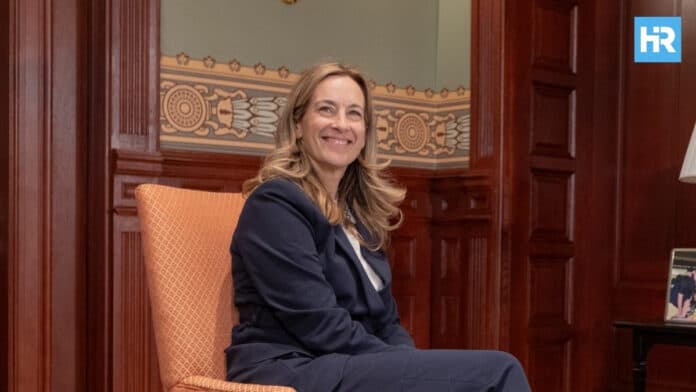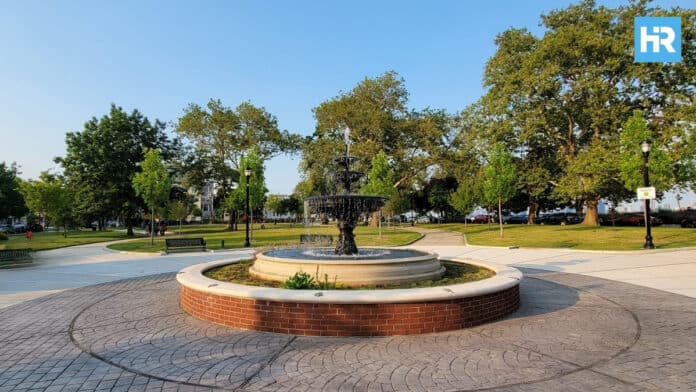On November 3, 2025, both closer Edwin Díaz and first baseman Pete Alonso opted out of their contracts, officially becoming free agents. The decisions came after a disappointing year in which the Mets, under owner Steve Cohen, missed the playoffs in Juan Soto’s first season with the club.
The announcements were confirmed within hours of each other. Ken Rosenthal of The Athletic reported that “Edwin Díaz has opted out of his deal with the Mets,” followed by Jon Heyman of the New York Post, who confirmed, “Pete Alonso has opted out.”
- Both Edwin Díaz and Pete Alonso opted out of their contracts, making them free agents after the Mets’ underwhelming 2025 season.
- Díaz turned down $38 million over two years, aiming for a long-term deal surpassing the $72 million benchmark set by Tanner Scott’s Dodgers contract.
- The Mets plan to pursue both players aggressively, but the team’s huge payroll and Soto’s historic contract could affect what they do next.
Díaz Turns Down $38 Million for Free Agency Opportunity
Díaz declined the final two years and $38 million of his deal, becoming a free agent for the first time. Acquired from the Seattle Mariners in a December 2018 trade, he has been one of the Mets’ most dominant relievers. After a rough debut season, he rebounded with elite performances in 2020 and 2022, leading to a five-year, $102 million contract before 2023, the largest ever signed by a relief pitcher.
That deal began poorly when Díaz tore the patellar tendon in his right knee during the 2023 World Baseball Classic, costing him the entire season. He returned in 2024 and excelled in 2025 with 28 saves, a 1.63 ERA, and 62 appearances, raising his Mets totals to 144 saves and a 2.93 ERA over 332 games. At 31 years old, Díaz is expected to command a contract exceeding Tanner Scott’s four-year, $72 million deal with the Dodgers last offseason.
The Mets want him back, but may face a bidding war. “The Mets want to keep Díaz,” Heyman reported, “but that doesn’t mean they’ll be the highest bidder.” Under MLB’s qualifying offer system, the team can offer him $22.02 million for one year. If he declines, any signing team must forfeit a draft pick, a deterrent that could favor the Mets in negotiations.
Betting Markets Reflect Stability Despite Opt-Outs
In the days following Díaz’s and Alonso’s opt-outs, sportsbooks maintained steady confidence in the Mets’ potential for 2026. FanDuel lists the Mets at +1100, keeping them within the top six betting favorites. BetMGM posts odds at +1400, while Caesars and DraftKings both opened the Mets at +1500.
These odds, posted between November 2–4 immediately after the World Series, remain unchanged since the announcements. Analysts from Action Network and Covers note that bookmakers expect owner Steve Cohen to spend aggressively, while the qualifying offer draft-pick penalty may discourage other teams from outbidding the Mets for Díaz.
No “next team” player markets exist for Díaz or Alonso on regulated U.S. books, but betting volume on Mets futures has stayed consistent. Caesars and DraftKings’ +1500 lines represent the best available value, while FanDuel’s +1100 reflects continued market confidence in the Mets’ financial power and roster depth.
Alonso Declines Final Year After Record Season
Pete Alonso also opted out of his contract, declining the final year and $24 million owed to him. His choice was expected since he said during spring training that he wanted a longer contract after the season.
Alonso’s 2025 campaign was among the best of his career. Batting behind Juan Soto, he drove in 126 runs, a career high, and set the Mets’ all-time home run record. His production and durability continued to define his role as a lineup anchor and clubhouse leader. After the final game of the season, Alonso confirmed his decision to test the market, saying, “I’ve grown up here. This team means everything to me. But I want stability — a contract that reflects what I’ve given the game.”
The Mets are expected to pursue Alonso aggressively, but payroll limits will guide the discussions. The organization already carries significant financial commitments for 2026, largely driven by Soto’s contract and the team’s existing high-value deals.
Cohen’s Next Steps and the Mets’ Offseason Outlook
As the Mets head into the winter, their finances remain among the biggest in baseball. Owner Steve Cohen, the wealthiest in Major League Baseball, has consistently shown a willingness to spend, but the 2026 payroll is already among the league’s highest.
The club has made several early moves: A.J. Minter exercised his $11 million option after recovering from a torn left lat muscle; Brooks Raley’s $4.75 million option was picked up; Drew Smith’s $2 million option was declined; and Frankie Montas exercised his $17 million player option while rehabbing from Tommy John surgery.
The bullpen remains a concern after the Ryan Helsley trade failed to improve results. If Díaz signs elsewhere, replacements could include Robert Suarez, Kenley Jansen, or Emilio Pagán, though none match his consistency or strikeout dominance.
















